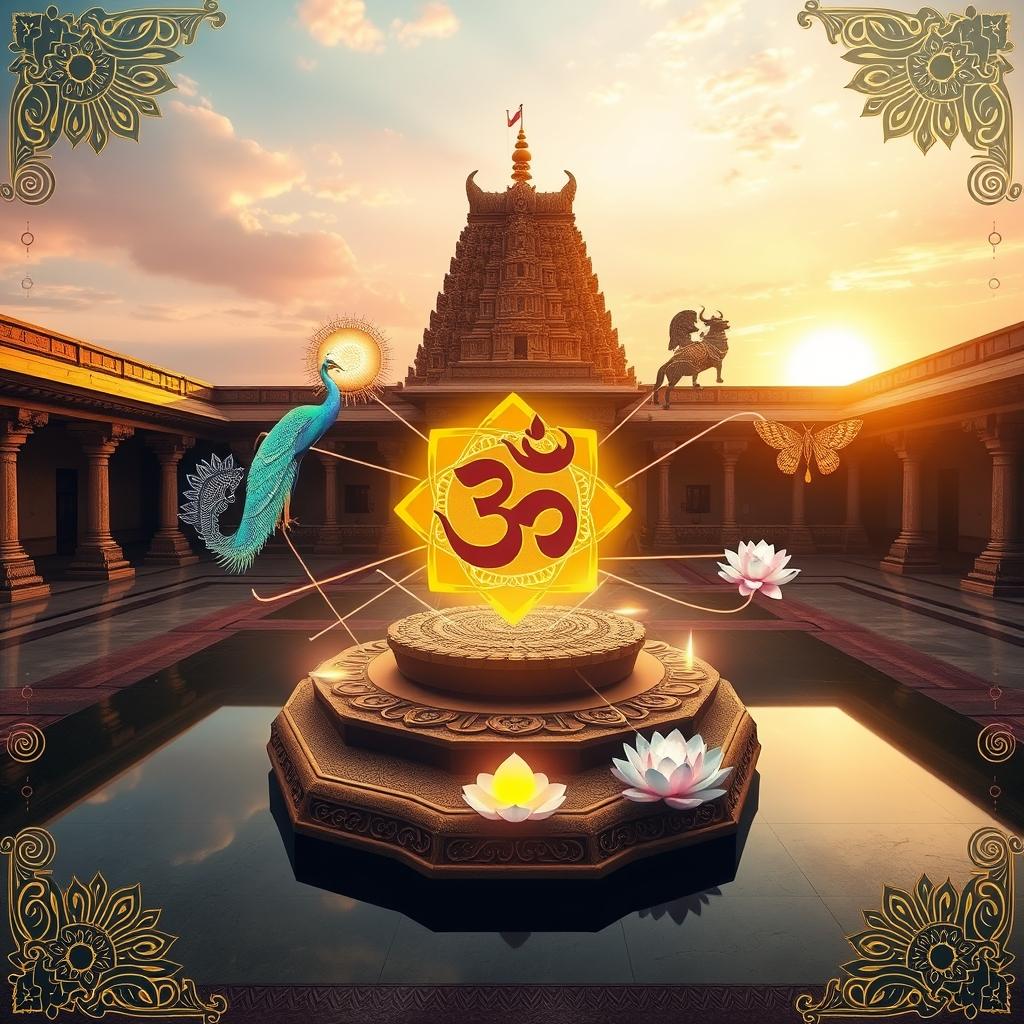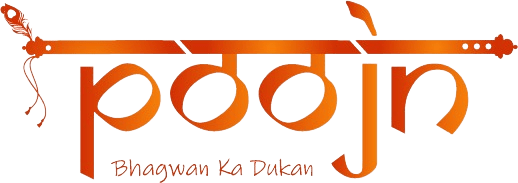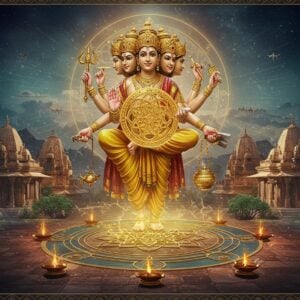

Every time we look at our currency notes or an official government document, we see it – the magnificent four-lion symbol. This is the Lion Capital of Ashoka, our national emblem. But have you ever paused and wondered about the deep meaning it holds? This isn’t just a design; it’s a story from our glorious past, a powerful message from a great emperor that echoes even today. Let’s take a journey back in time to understand the profound symbolism of this iconic emblem.
The Story of an Emperor’s Change of Heart
Our story begins around 250 BCE with the Mauryan Emperor Ashoka. After the brutal Kalinga war, Ashoka was filled with remorse and turned towards Buddhism. He decided to rule not by force, but by Dharma (righteousness). To spread this message of peace and truth, he erected several pillars across his vast empire, and the one at Sarnath, where Lord Buddha gave his first sermon, was crowned with this very Lion Capital. It was created to be a beacon of his newfound principles and to spread the teachings of peace far and wide.
A Closer Look: The Rich Symbolism in Every Detail
The Lion Capital is a masterpiece, with every single element carrying a deep spiritual and royal meaning. It’s more than just lions; it’s a complete philosophy carved in stone.
The Majestic Four Lions
The most striking feature is, of course, the four Asiatic lions standing proudly back-to-back. Here’s what they represent:
- The Roar of Dharma: The lions’ open mouths aren’t a sign of aggression. They are seen as spreading the Dharma, or the Four Noble Truths of Buddhism, to all four corners of the world. They symbolise Lord Buddha himself, who was known as ‘Shakya Simha’ (Lion of the Shakya clan).
- Courage and Royal Power: In Indian culture, the lion has always been a symbol of power, courage, and royalty. The lions represent Emperor Ashoka’s authority, but an authority guided by righteousness, not by brute force. They stand for the triumph of Dharma over adharma.
The Intricate Abacus: A Carousel of Life and Law
Below the lions sits a circular drum, the abacus, which is just as meaningful. It features four animals carved in high relief: a horse, a bull, an elephant, and a lion, separated by wheels.
- The Four Animals: These creatures are interpreted in many ways. Some believe they represent four different stages of Lord Buddha’s life. The elephant symbolises his conception, the bull his birth, the horse his great departure from palatial life, and the lion his attainment of enlightenment. They also signify the four directions, showing the universal reach of the Dharma.
- The Wheel of Law (Dharmachakra): The wheels carved on the abacus are Dharmachakras. This ‘Wheel of Law’ is a central symbol in our culture, representing the cosmic law that governs the universe and the continuous, forward movement of righteousness. In our national flag today, the Ashoka Chakra with its 24 spokes is a direct descendant of this very symbol, reminding us to constantly move forward as a nation. For those who wish to delve deeper into our philosophical roots, our guide on Hindu Philosophy Explained is a wonderful starting point.
The Sacred Lotus Base: Foundation of Purity
The entire structure rests on an inverted lotus flower. In Indian traditions, the lotus is a powerful symbol of purity, enlightenment, and divine birth. It grows in muddy waters but blossoms beautifully above it, signifying the ability to rise above worldly attachments and achieve spiritual purity. This base provides a spiritual foundation for the entire capital.
From Ancient Pillar to Modern Identity
You might wonder why this particular symbol was chosen as our national emblem when India became a republic. The Lion Capital embodies the values of a modern India built on an ancient foundation—ideals of peace, justice, courage, and social equality. It serves as a constant reminder of our rich, pluralistic heritage and our nation’s commitment to truth and righteousness, the very principle of ‘Satyameva Jayate’ (Truth Alone Triumphs) inscribed below it.
The original Lion Capital is carefully preserved at the Sarnath Museum, a treasure for all of us to see. Its legacy, however, is all around us, inspiring our art and culture. Symbols hold immense power in our lives, connecting us to our faith and heritage. Understanding them, like the many symbols in Hinduism, enriches our spiritual journey.
Bringing symbols of our heritage into our homes, whether through a small idol or an amulet, helps keep these traditions alive. At poojn.in, we understand this connection. That’s why we offer a range of authentic, culturally significant items that resonate with our shared values.
Embracing Our Legacy
The Lion Capital of Ashoka is far more than a historical artifact; it is the soul of India carved in stone. It tells a story of transformation, peace, and the timeless power of Dharma. It stands for a nation that is strong and courageous, yet deeply committed to peace and goodwill for all. As we carry these symbols with us, let’s also carry their profound meanings in our hearts.
If you’re looking to bring home items that celebrate our rich traditions, from sacred texts to pooja essentials, we invite you to explore our collections at poojn.in. Let’s continue to cherish and pass on this incredible legacy.


